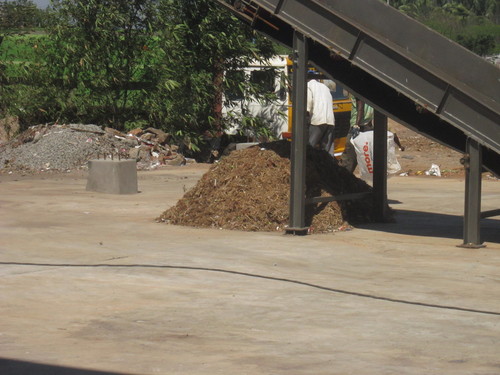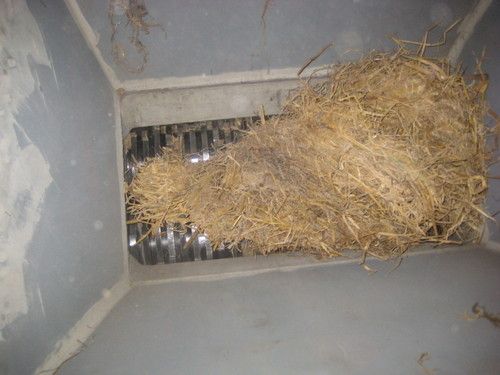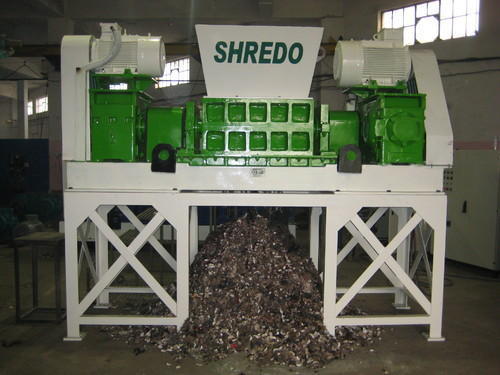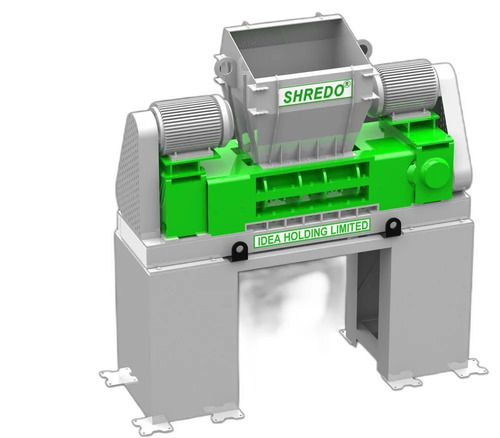Biomass Shreded
Biomass Shreded Specification
- Type
- Shredded
- Use
- For Industry
- Cutter Type
- Automatic
- Auto-Stop
- Yes
- Safety System
- Alarm
Biomass Shreded Trade Information
- Minimum Order Quantity
- 1 Unit
- Payment Terms
- Cash on Delivery (COD), Telegraphic Transfer (T/T), Cash in Advance (CID), Cheque, Cash Advance (CA)
- Supply Ability
- 15 Units Per Month
- Delivery Time
- 2 Months
- Main Export Market(s)
- Australia, Middle East, Western Europe, Central America, Africa, South America, Asia, Eastern Europe, North America
- Main Domestic Market
- All India
About Biomass Shreded
Biomass shredded refers to biomass material that has been processed into small, shredded pieces. Biomass, in this context, refers to organic matter derived from plants or animals that can be used as a renewable energy source. Shredding biomass involves breaking down the material into smaller fragments, which can be more easily handled, transported, and utilized in various applications such as biofuel production, composting, and animal bedding.
FAQs :
Q: What is biomass shredded?
A: Biomass shredded refers to biomass material that has been processed into small, shredded pieces. It involves breaking down organic matter, such as plants or animals, into smaller fragments for easier handling and utilization.
Q: What is biomass used for?
A: Biomass can be used as a renewable energy source. It is commonly used in biofuel production, where it is converted into solid, liquid, or gaseous fuels. Biomass can also be used in composting to create organic fertilizers and improve soil health. Additionally, shredded biomass is utilized as animal bedding due to its absorbent properties.
Q: How is biomass shredded?
A: Biomass shredding typically involves using specialized equipment, such as shredders or chippers, to break down the organic material into smaller pieces. The machinery mechanically cuts or tears the biomass, reducing it to a shredded form.
Q: What are the advantages of biomass shredded?
A: Shredding biomass offers several advantages. It increases the surface area of the material, which enhances its accessibility for various applications. Shredded biomass is easier to handle, transport, and store compared to larger pieces. It can also facilitate more efficient combustion or conversion processes in bioenergy production.
Q: What types of biomass can be shredded?
A: Various types of biomass can be shredded, including agricultural residues (such as crop stalks, straw, and husks), forestry waste (such as tree branches and sawdust), dedicated energy crops (such as switchgrass and miscanthus), and organic waste from industries or households (such as food scraps and yard trimmings).
Q: Is biomass shredded environmentally friendly?
A: Biomass shredded from sustainable sources can be considered environmentally friendly. Biomass is a renewable resource, meaning it can be replenished and has a lower carbon footprint compared to fossil fuels. When managed responsibly, biomass utilization can contribute to reducing greenhouse gas emissions and dependence on non-renewable energy sources.

Price 1515000 INR/ Unit
- Minimum Order Quantity
- 1 Unit
- Supply Ability
- 15 Units Per Month
- Delivery Time
- 2 Months
- Main Domestic Market
- All India
- Main Export Market(s)
- Australia, Middle East, Western Europe, Central America, Africa, South America, Asia, Eastern Europe, North America
Tell us about your requirement

Price:
Quantity
Select Unit
- 50
- 100
- 200
- 250
- 500
- 1000+
Additional detail
Mobile number
Email
More Products in Biomass Shredding Machine Category
Shredding Machine
Price 1520000 INR / Unit
Minimum Order Quantity : 1 Unit
Use : For Paper Industry
Type : Shredded
Voltage : 230 Volt (v)
Cutter Type : Automatic
Municipal Solid Waste Shredding Machine
Price 2011000 INR / Unit
Minimum Order Quantity : 1 Unit
Use : For Industry
Type : Shredded
Voltage : 240 Volt (v)
Cutter Type : Automatic








 Send Inquiry
Send Inquiry Send SMS
Send SMS